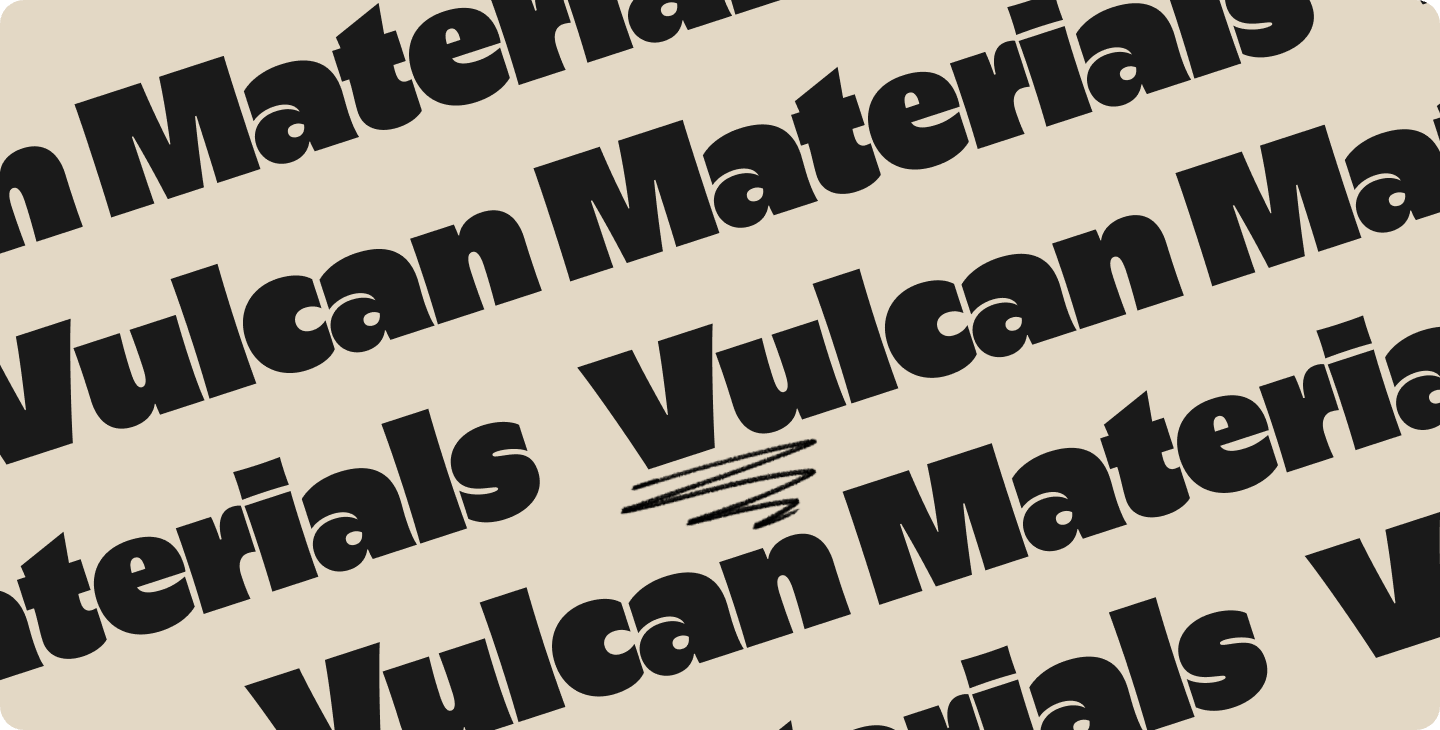How Engineers Use Notability
From whiteboard sketches to code reviews—how engineers use Notability to plan, debug, and design every day.
.png)
For most engineers, ideas rarely start in the code editor. They begin as sketches, diagrams, or notes on a whiteboard. Whether it’s diagramming data flow, planning out a new feature, or debugging a tricky issue, engineers are constantly solving problems that live somewhere between logic and creativity.
Our own Engineering Team bridges that gap by using Notability as their all-in-one canvas—a space where ideas, systems, and code can come together visually. Here’s how we use Notability to stay organized, collaborate better, and build with more clarity.
Sketch Before You Code
Before diving into code, many of our engineers reach for their iPad, not their code editor. Somya Prabhakar, iOS Software Engineer, uses Notability as her problem-solving whiteboard. She draws out user flows, jots down technical possibilities, and maps edge cases before touching a single line of code.
Somya’s “brain-dump-before-build” approach helps her clarify direction and reduce friction once she starts coding. “I don’t start coding for larger projects until I’ve written everything down in Notability,” Somya shares. “It helps me narrow down my feasible options before I even start.”
For engineers tackling big projects or learning new systems, this kind of free-form planning makes daunting work feel structured and doable. Additionally, with handwriting search and custom templates, engineers can reuse planning frameworks, map out problem statements, and revisit earlier notes to track how ideas evolved.
Diagram Systems and Data Flows
.png)
From architecture diagrams to data pipelines, visual thinking is part of every engineer’s workflow. “Whiteboards are a common programming tool, but I can’t take that whiteboard everywhere. Notability is my portable version,” says Amy Xiong, Senior Android Engineer. Amy uses Notability to draw diagrams that show how data flows through features, especially when dealing with graphics, measurements, and object placement.
Unlike a real whiteboard, Notability lets you cleanly draw system diagrams, then refine, resize, or color-code them without losing fidelity. Plus, you can save and share them instantly. For engineers tackling complex logic or collaborating across hybrid teams, that flexibility is invaluable. “If I mess up a diagram, it’s easy to correct or drag things around,” Amy explains. “It’s so much nicer than erasing and starting over on a whiteboard.”
Stay Engaged in Technical Discussions
Engineering culture builds on learning, from code reviews to Lunch & Learns. During these sessions, engineers across the company use Notability to take handwritten notes and record key moments with Audio Recording. “We have a lot of meetings where we’re still learning. Handwriting in Notability helps me stay engaged and absorb the content better,” Somya shares.
Instead of rewatching long video calls from design reviews and sprint retros, engineers can jump into searchable Live Transcriptions or Smart Notes to review exactly what was discussed in seconds. “Audio Recording and Notability Learn have been a game changer internally! My team can be more present in meetings knowing that the full conversation is saved,” exclaims Matt Todd, Senior iOS Software Engineer. Claire Illich, iOS Engineering Manager, says the same. “I can replay the recording later and see what I was writing in Notability during that specific point in the conversation.”
Collaborate and Share Notes Across Teams
Collaboration is another core part of engineering. Ryan Cruz, Staff Web Software Engineer, uses Notability Web as his digital workspace with his team—typing meeting notes, embedding GitHub links for pull requests, and co-editing shared notes in real time.
“It’s nice because multiple engineers can type in a note,” Ryan says. “Notability acts as my diary for the workday.” He also appreciates how easy it is to keep everything organized. “The library and subject organization on Notability Web has been great. If I don’t take notes, I’m going to forget my content. But now it’s all in one place.”
Engineers often share these notes with our QA, Design, and Product Teams via Slack, ensuring everyone stays aligned across teams and platforms.
Context-Switch with Ease
.png)
With multiple tickets, bug fixes, and infrastructure updates happening in parallel, engineering work requires frequent context switching. Jenny Yoshihara, Senior Backend Engineer, uses Sticky Notes, color-coding, and subject organization in Notability to map out backend services, categorize APIs, and mark areas that need deeper review.
When it’s time to return to a task days or weeks later, her brain recognizes how the notes were written, helping her pick up right where she left off. “Context-switching comes at a cost. Having my handwritten notes organized in Notability helps me get back into a project much faster,” she says.
Claire Illich, iOS Engineering Manager, uses checklists and highlighters to keep track of what she’s working on between meetings and coding sessions. “Whenever I pick up a ticket that requires a lot of changes, I’ll make a new note and write down every big-picture task I need to do,” she explains. “If I get pulled into another meeting, I highlight where I left off so I can pick it back up easily.”
The Engineer’s Canvas
Notability gives engineers a place to think freely between structured documentation and creative problem-solving. It’s a space where ideas can start messy, evolve visually, and end up shaping the products that millions of users rely on every day. “Notability helps me stay visual. It’s not necessary to learn a whole new software suite to create technical diagrams, when we all know how to use a pencil,” Matt Todd, Senior iOS Software Engineer, elaborates.
Whether you’re diagramming a system, sketching out your next feature, or taking notes in your stand-up, Notability helps engineers focus on what matters most: building great things.



.png)
.png)
